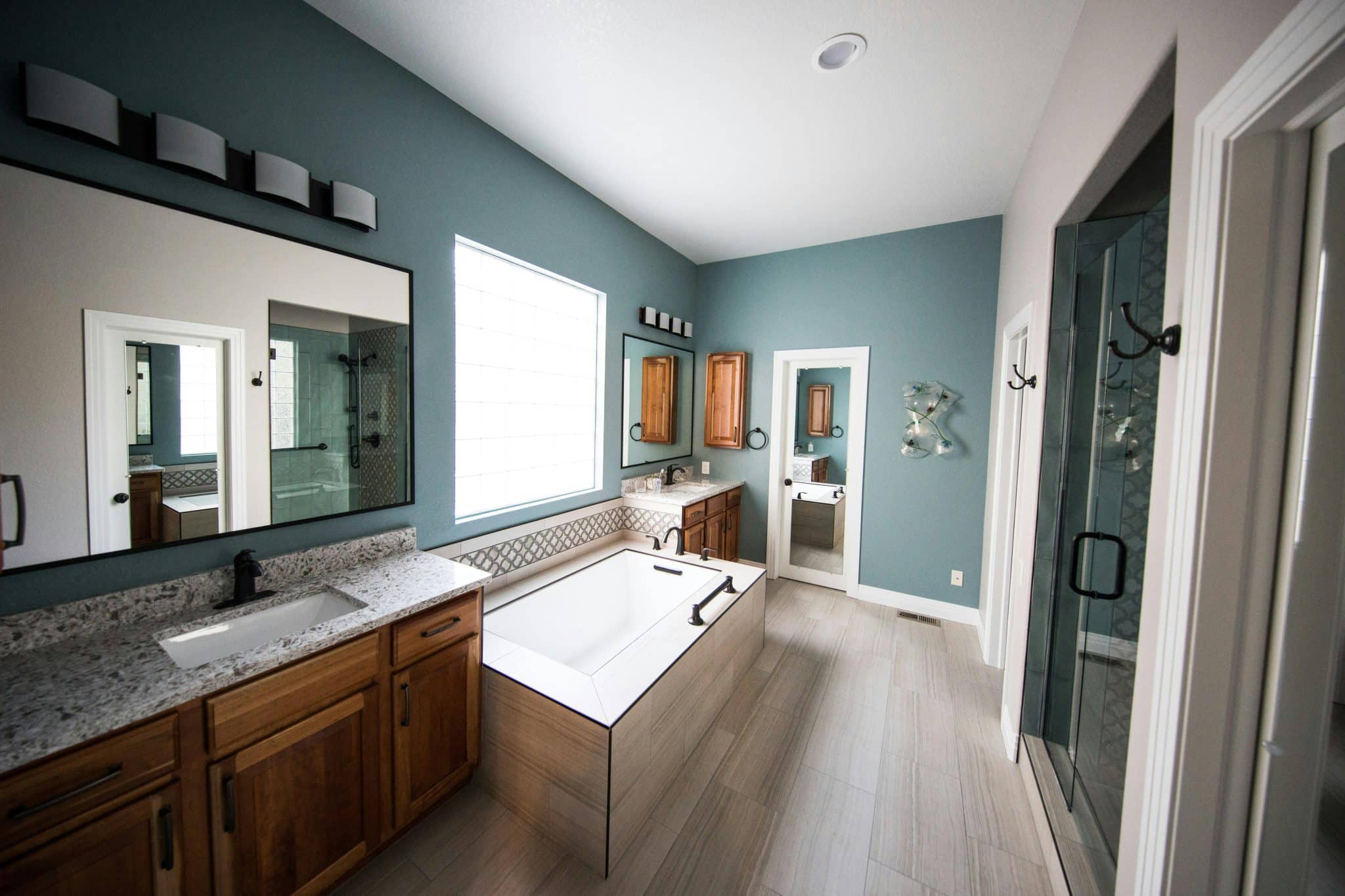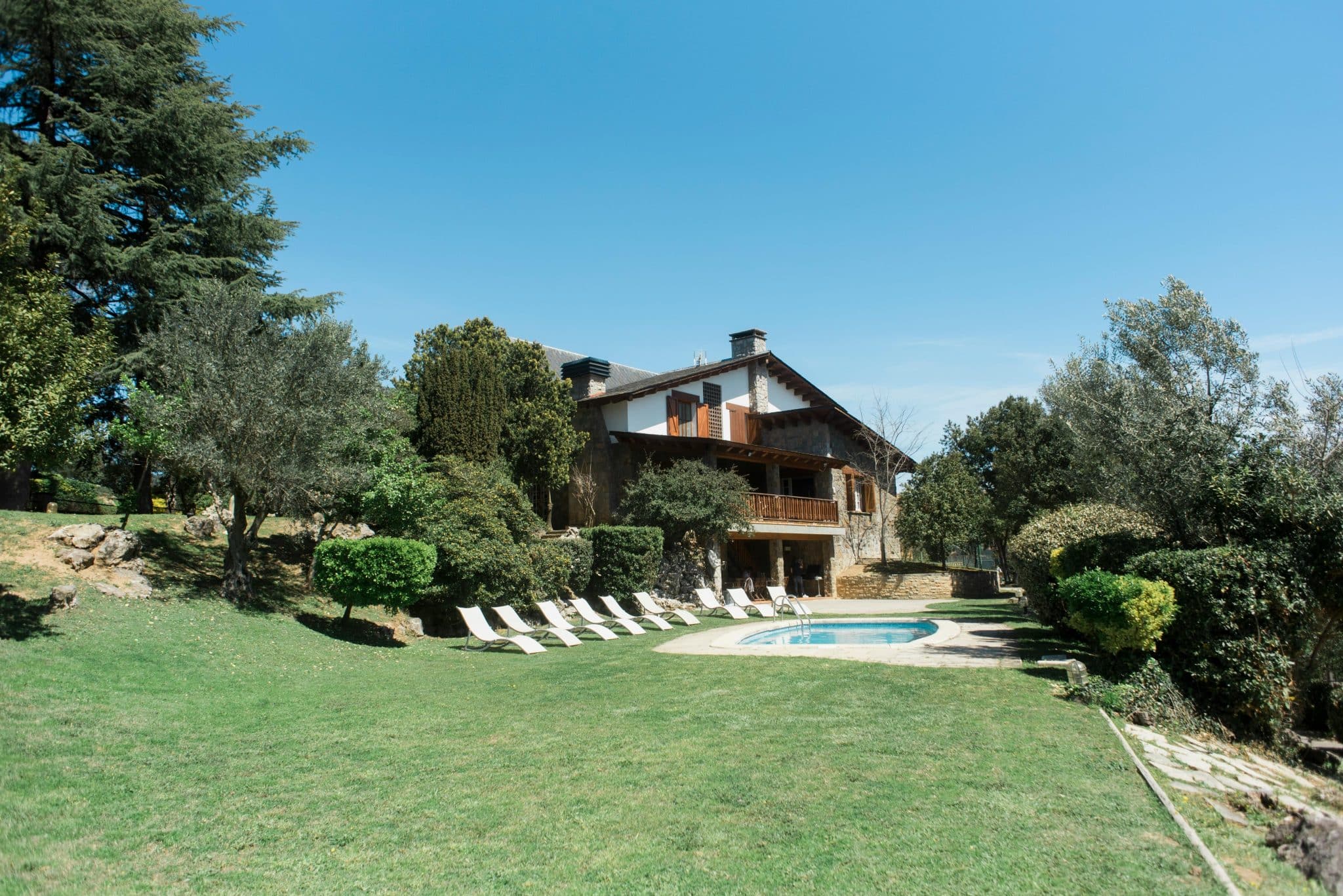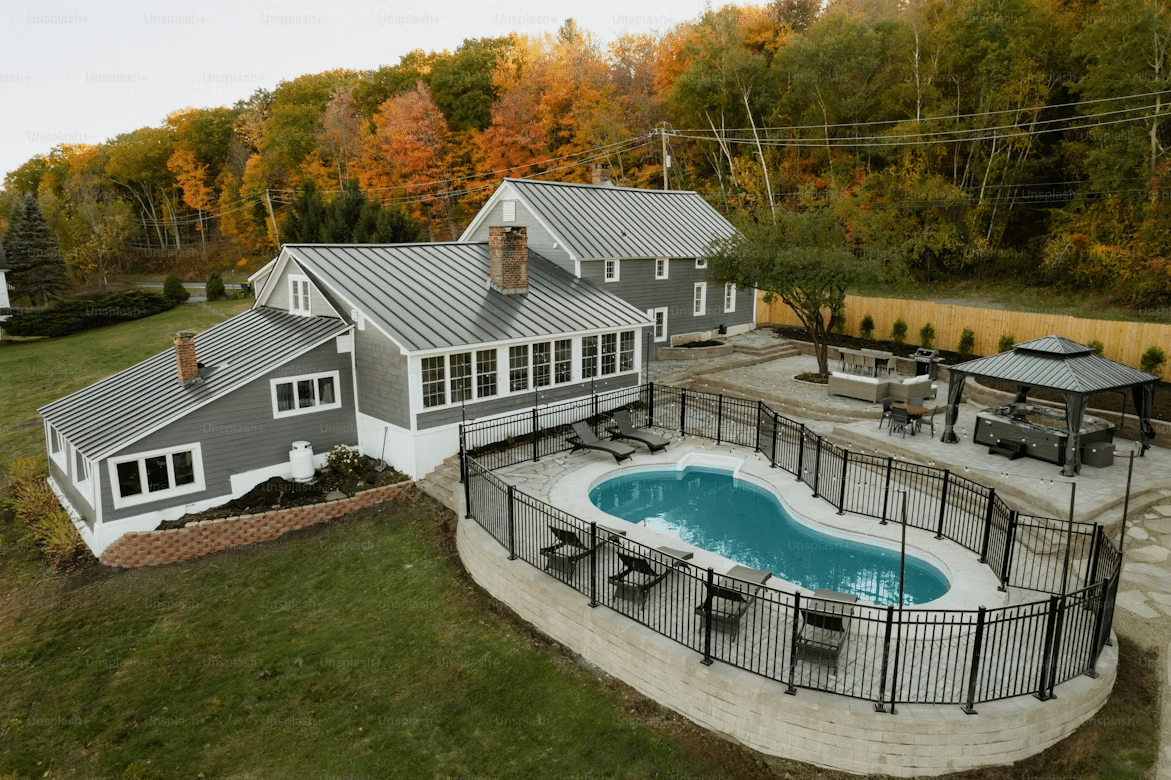Bathroom remodeling is perhaps the most satisfying type of renovation a homeowner can do. It adds to comfort, offers aesthetic appeal, and may even increase the property’s value. While the big plans, like selecting tiles or new, sleek fixtures, receive their attention, some of the more subtle points fall by the wayside.
These oft-overlooked details can contribute even more to day-to-day usage, long-term durability, and cost savings. Few homeowners realize the significance of their absence once the work is complete. It is necessary to learn more about design elements and planning procedures. This article will be talking about the pivotal factors that can build or break a bathroom remodel.
Ensure Proper Ventilation
Proper airflow repels moisture and blocks mildew growth. Most homeowners don’t appreciate how vital an optimally located exhaust fan or window is. A fan must be equal in size to the bathroom and vent to the outside, not merely the attic. Trapped moisture without a ventilation strategy can silently ruin ceilings, walls, and building materials.
Without ventilation, even luxury finishes will, over time, develop defects. Mold can grow behind walls or beneath floors where water accumulates. This straightforward but vital element of bathroom layout shields both well-being and convenience.
Electrical Outlet Placement and Quantity
Homeowners usually install an inadequate number of outlets or position them in inconvenient areas. Contemporary bathrooms are used for various purposes, including grooming, device charging, or tool powering. As times change, the location of power sources becomes even more critical. An ill-conceived outlet placement can lead to clutter and compel homeowners to use dangerous extension cords.
Rather than installing outlets only in proximity to the sink, look for other locations where hair dryers, shavers, or diffusers are often used.
Consider Floor Slope and Drainage
Poor drainage will result in standing water, slippery floors, and eventual floor damage. However, this technical aspect tends to be overlooked until puddles form. A bathroom floor needs to be subtly graded to drain water toward the drain. Omitting this significant aspect will result in insidious floor deterioration that increases over time and needs to be repaired.
Shower-tiled areas require accuracy in particular. Underestimating the slope can cause discomfort and water accumulation. Engage experts who know drainage mechanisms or ask for a waterproof membrane to guarantee smooth flow and durability.
Getting Enough Storage Space
Storage is cabinetry plus. Without sufficient designated areas, toiletries and products overwhelm the countertops and turn the bathroom into a less-than-relaxing space. Far too often, shelving, niches, or under-sink organizers are omitted in the planning stages. A considerate storage strategy keeps surfaces tidy and contributes to an overall feeling of calm and order.
Install recessed shelving within the shower or vertical cabinets over the toilet. Floating vanities with integral compartments also clear floor space while providing organization. These small tweaks maximize functionality without sacrificing style.
Choosing Suitable Materials for Humid Environments
Some materials look attractive but don’t perform well under constant exposure to moisture. Wooden trims, wallpaper, or porous stone may warp or discolor over time. Aesthetic choices must align with durability to avoid premature repairs. Moisture-resistant materials ensure that beauty lasts longer without frequent maintenance or costly upgrades.
Look for mold-resistant drywall, water-sealed grout, and non-slip tiles. When shopping, know about the resistance ratings of each material. It helps avoid expensive replacements or health concerns caused by moisture damage.
Skipping a Lighting Plan
Too many homeowners only consider overhead lighting and ignore layering it effectively. One ceiling fixture usually creates shadows that make grooming activities more challenging. Bath lighting must perform various tasks, such as task, ambient, and accent. Proper lighting not only improves function but also aesthetics, enriching every aspect of the daily routine.
Install sconces at eye level for lighting the mirrors. Waterproof fixtures within showers and dimmable switches to regulate the strength are worth considering. Thoughtful lighting design guarantees both safety and visual comfort, particularly during nighttime routines.
Installing Inadequate Water Fixtures
Flow rate, pressure, and height all have an effect on comfort and water efficiency. Saving water with a low-flow showerhead but losing pressure might not appeal to everyone. High faucets can splash if the sink basin is shallow. Noticing these matters ensures the new fixtures are up to expectations without daily irritation.
Check the compatibility of fixtures with other items prior to buying. Assess both aesthetics and functionality to make sure they fulfill users’ everyday needs. Don’t forget water-saving certifications, which save utility bills over time.
Failing to Set Aside a Contingency Budget
Unexpected expenses are unavoidable during renovation. Plumbing surprises, material delays, or permitting issues can cause costs to exceed the initial estimate. Those homeowners who fail to plan for such adjustments end up sacrificing quality or extent. Budget flexibility eliminates stress and prevents homeowners from making hasty concessions in material or design.
A good practice is to reserve at least 15–20% of the overall budget for unexpected problems. This cushion creates financial flexibility and reduces anxiety. Projects remain on schedule even when there are surprises behind walls or beneath the floor.
Neglecting to Future-Proof the Layout
Tastes change, households expand, and lifestyles change. A design that is suitable today can become outmoded in a couple of years. Homeowners tend to concentrate too much on immediate requirements without thinking about the possibilities for the space in the future. Design options with inherent flexibility minimize the necessity for further remodeling in the future.
Design with versatility in consideration to help prolong the bathroom’s usability. Consider flexible storage, adjustable lighting, or an open area to accommodate new technology or evolving mobility needs. Careful planning remains useful and appealing over time.
Forgetting Permit Requirements and Inspection Schedules
Skipping inspections or permits may appear as a time-saving step, but it usually ends in more expensive rework. The building codes are in place to safeguard structural integrity, plumbing integrity, and fire safety. Local codes could necessitate approval even for mere cosmetic alterations.
Neglecting this step may result in project delays, fines, or difficulties during home resale. Always check local ordinances and schedule inspections as needed. Professional contractors usually assist with this, but it remains the homeowner’s responsibility.
All successful bathroom remodeling begins with careful planning and consideration of both exposed and concealed elements. To learn more about what makes a space both practical and comfortable, consider every phase, from the initial layout to the final finish. Forgetting about minor considerations such as outlet placement, floor slope, or storage can result in everyday aggravation and unnecessary expense.








